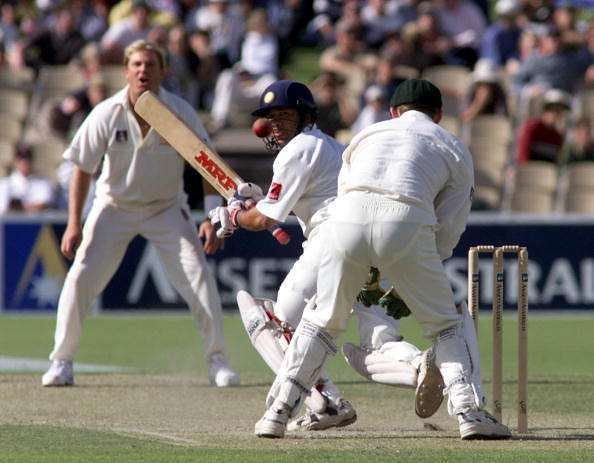
IND V AUS 2020: Relive top moments from India-Australia rivalry with 10 quotes from legends who made it great
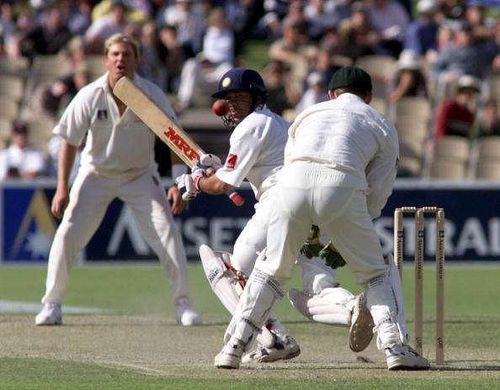
India and Australia are all set to add a new chapter to their tussle when they face-off in the first Test at Adelaide from Thursday, December 17. The first-ever pink ball Test between the two countries promises to add intrigue to the legendary India-Australia rivalry.
Over the last few decades, the India-Australia rivalry has produced some unforgettable moments that will last with cricket fans forever. From the tied Test under insanely inhuman conditions at Chennai (then Madras) in 1986, to the Laxman-Dravid miracle at Kolkata in 2001, the India-Australia rivalry has seen it all.
Along the way, numerous anecdotes have emerged, adding spice to the India-Australia rivalry that stands on par with the best in cricket, or perhaps, is now the best cricketing battle in the world. From Sourav Ganguly making Steve Waugh wait for the toss in 2001 to the Tim Paine-Risbhabh Pant baby-sitting banter, there have been hardly any dull moments in the India-Australia rivalry.
But, have you even wondered what has gone on behind the scenes, that has led to the making of the intense India-Australia rivalry? We pick 10 quotes of former cricketers from either side, who have seen it and done it all when it comes to the India-Australia rivalry.
Top 10 quotes on India-Australia rivalry
#1. Watershed moment in India-Australia rivalry: Sourav Ganguly terms 2001 Kolkata game ‘God’s Test’
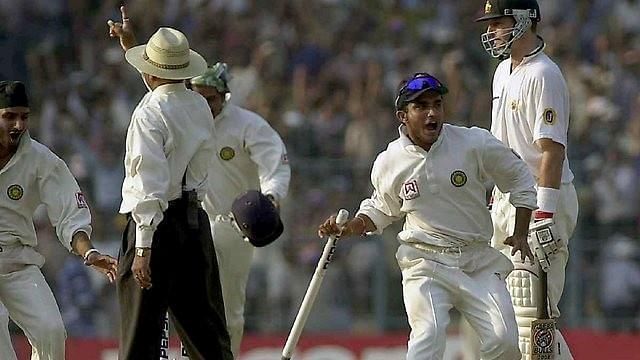
If in football, there’s a ‘hand of God’, cricket too has its ‘God’s Test’, according to Sourav Ganguly. Recalling the surreal 2001 Eden Gardens Test against Australia, in which India were made to follow-on, the former skipper said that the match couldn’t have been won without divine intervention.
Rahul Dravid and VVS Laxman added 376 for the fifth wicket in the second innings, and batted out the entire Day 4 of the Test to turn the match on its head. The India-Australia rivalry was well and truly alive.
Speaking at an episode at India Today Inspiration last year, Ganguly revealed:
"I just sat in one corner for the entire day (during VVS Laxman-Rahul Dravid partnership). Behind the computer person, with a towel, I just prayed for Laxman and Dravid that they don't get out and keep going. It was unbelievable. It was a one-off Test match. It was God's Test match.”
#2. Steve Waugh has no regrets about making India follow on in the 2001 Test
After India were rolled over 171 in the Kolkata Test of 2001, it was a given that Steve Waugh would enforce the follow on. Australia were one innings away from registering their 17th consecutive Test win, having thumped India in the first Test at Mumbai. At that time the sentiment was, India-Australia rivalry? Really?
Till then, the Indian batting line-up had been meekly surrendering to the Aussies. Even at the end of Day 3, when Laxman’s hundred led India’s fightback no one was expecting a miracle. Day 4 changed everything, and forever in the India-Australia rivalry.
So, does Waugh regret enforcing the follow on? No, says the Aussie legend. In a candid interview to cricket.com.au in March 2017, Waugh stated:
"I'm a big believer that in sport there's got to be a winner and a loser, and if you do your best and try your hardest then move on. And that (2001) series in India, I don't regret. I think it was a great series for cricket, we really played well and we almost in some ways showed future teams that it was possible to win. I would have liked to have won, but honestly I haven't spent one second regretting not beating them or enforcing the follow on.”
On a lighter note, Indians must thank Waugh. But for his follow on decision, the India-Australia might not have been the same.
#3. When VVS-Dravid were carving history, Warne was discussing movies with Gilly
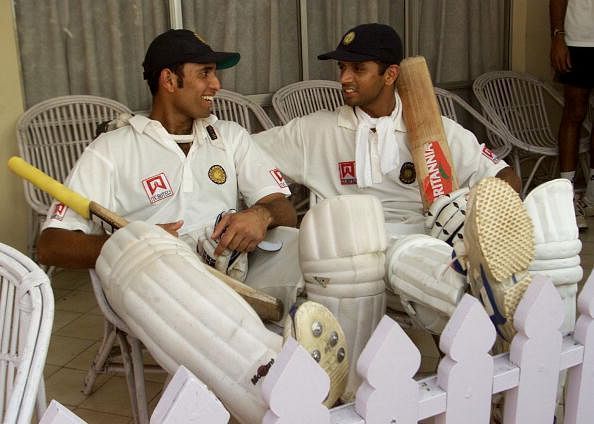
Another gem from the evergreen 2001 Kolkata Test that standout match of the India-Australia rivalry. Shane Warne, who had dismissed both Dravid and Laxman in the first innings, just could not dislodge the duo in the second innings, despite his best attempts. Warne’s figures in the second essay read 1 for 152 after 34 overs.
In a hilarious revelation, while on air during the third Test between England and Pakistan at the Ageas Bowl in August this year, Warne opened up on how he dealt with the trauma. He ‘commented’:
“I remember standing in slips in between bowling about 4000 overs and getting hammered around the ground. I discussed my favourite movies with Adam Gilchrist, we swapped hats, and tried everything to try and not think about it. My favourite songs... I think we were delirious.”
Although Warne did not enjoy the best of exchanges in the India-Australia rivalry, trust him to see the funny side of things.
#4. The epic match of the India-Australia rivalry: How Dean Jones blocked and slogged his way to 210 at Chennai
The late Dean Jones’ 210 in the 1986 tied Test at Madras is the epitome of India-Australia rivalry. Battling the unbearable heat, with the temperature crossing 40 and humidity extreme, Jones spent 502 minutes at the crease and faced 330 balls.
He urinated, vomited and, eventually, gave up in his 170s. His skipper Allan Border though termed him a weak Victorian, and that spurred Jones and gave the India-Australia rivalry one of its most famous anecdotes. In an interaction with ESPN Cricinfo, Jones had recalled:
“I was a mess. On about 170, I wanted to go off because I was stopping the game every over to be sick. And Allan Border said "You weak Victorian. I want a tough Australian out there. I want a Queenslander." So I stayed. My last hundred I got in 66 balls because I couldn't run at all. I said `block, block, I'm going to slog this for four.' Then I'd block until I had enough energy for another go.”
Any mention of the India-Australia rivalry will remain incomplete without bringing Dean Jones' 210 into the equation.
#5. The dying moments of the tied Test are fresh in Ravi Shastri’s mind
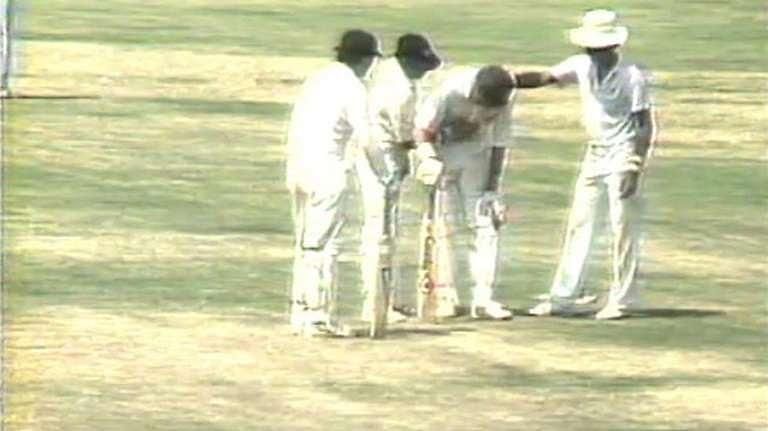
The 1986 tied Test at Madras, that took the India-Australia rivalry to a new level, saw Ravi Shastri put up a typically hard-fought show.
He scored 62 in the first innings, and was stranded on 48 when the last wicket fell. Last-man Maninder Singh was adjudged lbw to off-spinner Greg Matthews by umpire V. Vikramraju, who was standing in his second Test. According to Shastri, the decision was made in a split second. He was quoted as telling ESPN Cricinfo:
“I remember putting my hands up and shouting no for a single. AB (Border) raced around to get the ball and didn't even appeal. Then I turned round and saw the umpire's finger go up.”
Umpire V. Vikramraju did not officiate in any other Test match, but will always remain an inseparable part of the India-Australia rivalry.
#6. The superstar battle of the India-Australia rivalry: When Sachin locked himself up, and then unleashed himself on Warne
Australia’s 1998 tour of India was billed as the Tendulkar vs Warne battle as a glorious new chapter in the India-Australia rivalry began. Tendulkar prepared by facing leg-spinner Laxman Sivaramakrishnan in the nets. A rough was created, and the leggie was asked to bowl into it as Tendulkar faced up to the challenge.
In the first innings of the Chennai Test though, Tendulkar perished to Warne for 4, trying to take on the leg-spinner. On Star Sports’ Cricket Connected, VVS Laxman revealed how the Master Blaster overcame the disappointment, and went on to play one of his greatest knocks ever in the second innings. Laxman said:
"I remember Sachin locked himself in the physio’s room and only came out after almost an hour (after his first-innings dismissal). Then, in the second innings, the way he blasted and hammered Shane Warne, who was bowling into the rough outside the leg stump. Warne was using the depth of the crease and when he used to pitch it up, Sachin used to hit it through the mid-off, mid-on region. He went on to get a hundred. That battle with Shane Warne is the best I have seen."
No marks for guessing who won this contest as the India-Australia rivalry kept heating up!
#7. Why Jason Gillespie is a great admirer of Rahul Dravid
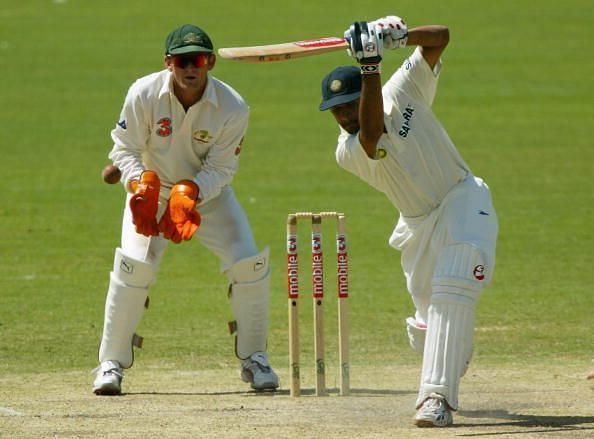
Former Aussie fast bowler Jason Gillespie had many intense battles with Rahul Dravid as part of the famed India-Australia rivalry. He was part of the Aussie team that lost narrowly to India in 2001. Three years later, he was one of the star performers as Australia stunned India. Having struggled to dislodge Dravid or disturb his concentration during his player career, Gillespie rates Dravid among the best. In a column for ESPN Cricinfo, Gillespie wrote:
“Many might call him a defensive batsman in the mould of a Jacques Kallis or a Michael Atherton, but Dravid ranks up there with the great batsmen of the game. To simply refer to him as a defensive player is selling him short as a batsman. He was a wonderfully gifted player and we all enjoyed the way he played the game.
Gillespie vs Dravid has always been the underrated battle of the India-Australia rivalry, but their contributions were no less significant nonetheless.
#8. When McGrath received death threats for dismissing Tendulkar
The 1999 Adelaide Test, at a time when Aussies were dominant in India-Australia rivalry, is most remembered for the controversial ‘shoulder before wicket’ dismissal. Tendulkar ducked under a bouncer from Glenn McGrath, but the ball kept low and hit him on the shoulder.
While McGrath and umpire Daryl Harper maintain that the right decision was made, Tendulkar thinks otherwise. In an interview earlier this year, the Aussie legend shockingly revealed that he had received death threats following the dismissal. McGrath was quoted as telling Times of India:
“Sachin still thinks the ball was clearing the stumps by a ball and a half. I got a few death threats. I had security. My family had security in Sydney because Cricket Australia received death threats for me because I got Sachin out. It was an unusual freak dismissal.”
This contentious dismissal is bound to come up for discussion every time the topic of India-Australia rivalry is touched upon.
#9. Dravid got the match ball signed by 'hero' Waugh after Adelaide classic
Rahul Dravid’s finest moment as a cricketer came as part of the India-Australia rivalry. He played two stonewalling knocks of 233 and 72 not out at Adelaide in 2003 to lead India to their first win in Australia in 22 years.
Post the Test, Steve Waugh went up to Dravid and handed him the match ball. Dravid got it signed by his hero, in what was his ‘fanboy’ moment of sorts. Dravid told cricket.com.au in an interview some years back:
“I still have that ball with (Waugh’s) signature on it in my house. Steve Waugh was someone I grew up watching and admiring a lot – his consistency and the way he went about his cricket was something I looked up to. It was really special to get the ball from him. I picked his brain at various times and just to chat to him and get to know him was something I really enjoyed.”
Well, India-Australia rivalry has had poignant moments too.
#10. Sunil Gavaskar admits Melbourne outburst was a ‘big mistake’
One of the major controversial moments in the India-Australia rivalry. Even though India went on to win the Melbourne Test of 1981 courtesy Kapil Dev’s heroics with the ball, Sunil Gavaskar’s outburst at being declared lbw stunned all. The Little Master was adamant that he hit the ball, and even had an altercation with the bowler Dennis Lillee.
That’s not all. As he walked off, Gavaskar even instructed his opening partner Chetan Chauhan to head back with him to the pavilion. Sanity prevailed though, and the match eventually resumed. Gavaskar's behaviour though is considered among the low points of India-Australia rivalry, along with the Monkeygate scandal.
In a tea-time chat show on Star Sports TV in 2017, with Sanjay Manjrekar and Kapil Dev, Gavaskar admitted he was at fault due to his unacceptable behaviour. He stated:
"I regret the decision. It was a big mistake on my part. As Indian captain I was not supposed to act in that manner. In no way I can justify my act of defiance. Whether I was out or not, I should not have reacted that way."
Hopefully, we will have a few more such memorable incidents to look back upon in the years to come, if the India-Australia rivalry remains in the ‘pink’ of health.